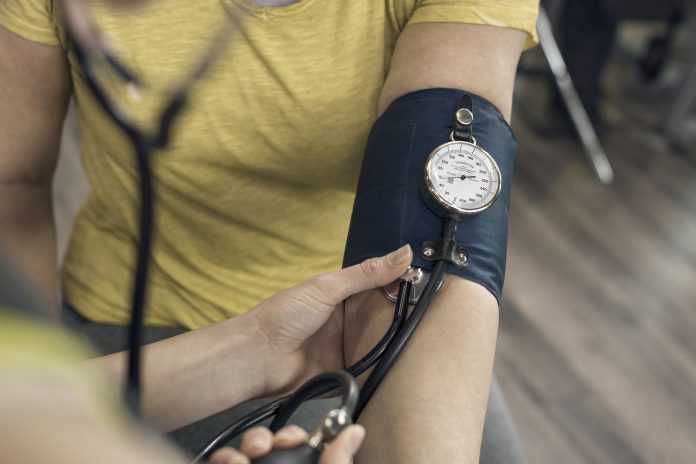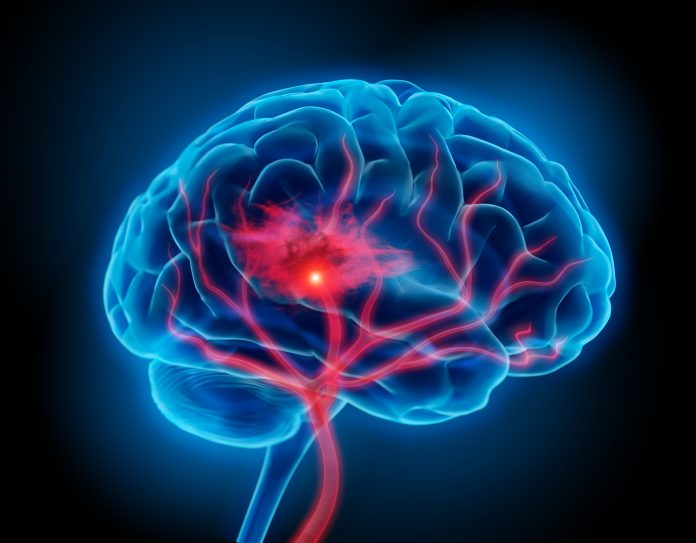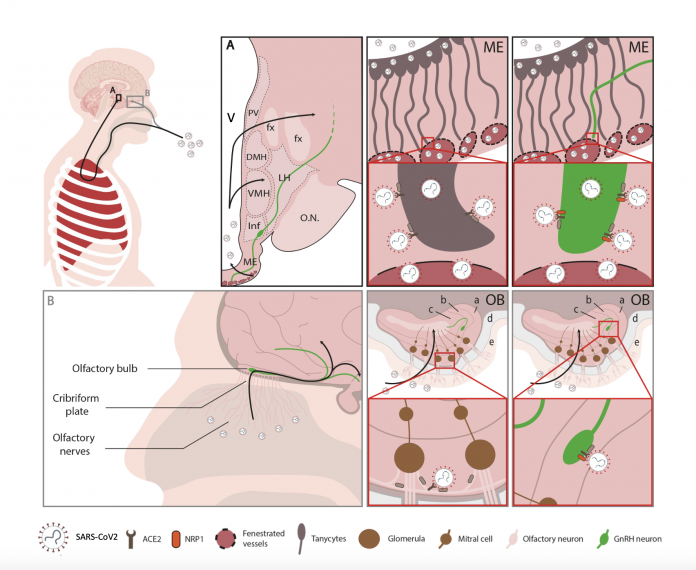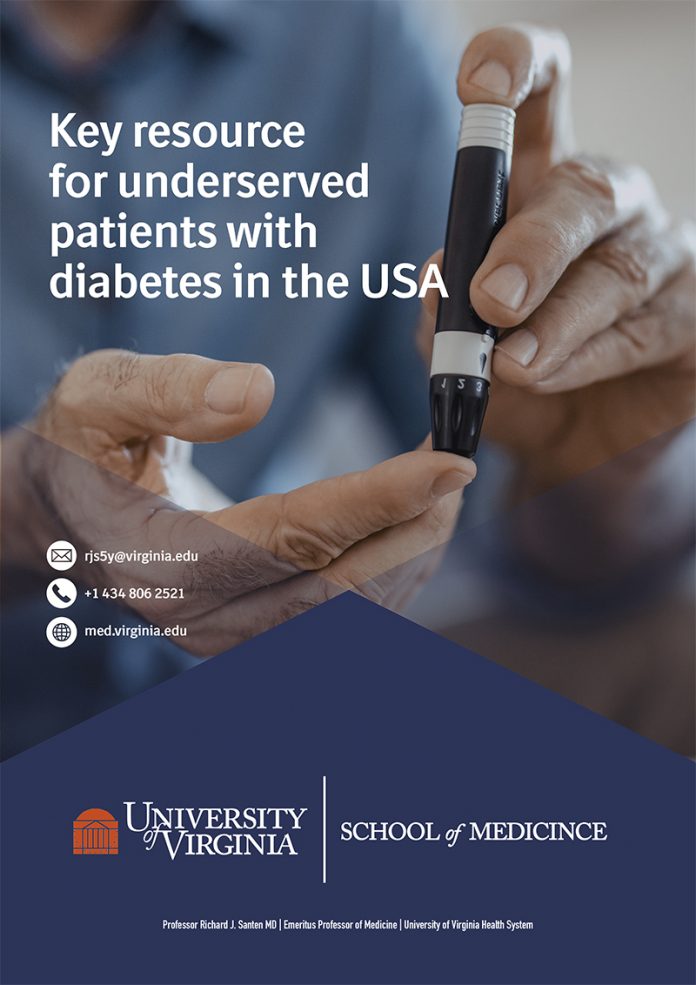Home Search
male health - search results
If you're not happy with the results, please do another search
Abdominal fat in middle-aged men linked to an increased Alzheimer’s risk
The impact abdominal fat has on brain health and cognition has also been found to be more pronounced in middle-aged men at high risk of Alzheimer's disease compared to women.
Understanding and supporting neurological conditions among the incarcerated
Samuel Han and Audrey Nath discuss neurological conditions among the incarcerated, who they argue are a medically underserved population.
Exposure to Libby Amphibole: The clinical picture of autoimmune disease
Karen Lee Morrissette and Jean C. Pfau from the Center for Asbestos-Related Disease discuss the clinical presentation and complexity of the autoimmune disease progression among those exposed to Libby Amphibole.
Navigating koala conservation challenges with advanced tech and game-changing vaccine research
Discover the intricate tale of koala survival, from habitat struggles to the rise of Chlamydia vaccines, in this exclusive interview with Professor Peter Timms from The University of Sunshine Coast, Australia.
Why are postmenopausal women more at risk of high blood pressure?
It may surprise you to know that 60% of women over the age of 65 have high blood pressure. So why are postmenopausal women more at risk of high blood pressure? Let's find out.
Is radon exposure linked to increased stroke risk?
A recent study has revealed a concerning association between exposure to radon and an elevated risk of a stroke.
How does our diet and lifestyle affect our hair growth?
According to hair stylists, 68% of women are unhappy about their hair. How women feel about our hair correlates strongly with our feelings. The most common complaints are that our hair is 'too dry', 'it's falling out', or it 'grows too slowly'.
The extent and impact of the opioid crisis in Canada
The opioid crisis in Canada has been an issue for nearly a quarter of a century. Here, Norm Buckley and Jason Busse from the Michael G DeGroote Institute for Pain Research and Care, and the National Pain Centre discuss the issue, its effects both general and on specific communities, and what can be done about it.
Assessing the role of religion in restorative justice approaches to crime
The field of restorative justice can be traced to the 1970s and efforts in several North American communities that were applying peacemaking principles – often in tandem with faith-informed perspectives – to the criminal justice system, here we explore it in further detail.
Business and human rights in Japan: Progress and challenges of the Japanese government
Professor Emi Sugawara from Osaka University of Economics and Law, Faculty of International Studies, discusses government’s efforts to respect human rights in the supply chain.
Sepsis Canada: Building a national research network for sepsis awareness
Sepsis is a life-threatening condition estimated to affect 49 million people annually worldwide; yet it is not widely understood. In this article, we hear how Sepsis Canada is working to promote sepsis awareness through supporting research, public education, and cross-disciplinary training.
Empowerment through education: Sexual assault resistance programs for girls and young women
Charlene Y. Senn and Sara E. Crann from the University of Windsor discuss the importance of sexual assault resistance programs in equipping girls and young women with the knowledge and skills to reduce the risk of sexual assault.
Sara E. Crann – University of Windsor
Sara E. Crann, Ph.D., (she/her) is an Adjunct Assistant Professor in the Department of Psychology at the University of Windsor, Canada
She received her M.A. and Ph.D. in applied social psychology from the University of Guelph, Canada. Her research uses mixed methods and community-engaged approaches to examine issues related to...
Would you trust AI to predict your future life events?
Artificial intelligence (AI) model, life2vec, is capable of predicting life events, including estimating the time of death, by analysing health data.
Brain infection by SARS-CoV-2: Lifelong consequences
The WATCH team, founded to elucidate the role played by specialized brain cells called tanycytes in various physiological processes, has been investigating how and where the SARS-CoV-2 virus infects the brain, and some long-term consequences of this neuro-invasion.
Key resource for underserved patients with diabetes in the USA
The FQHCs handle 114.2 million patient visits per year. In 2021, one of 4 of these visits was virtual and involved the use of telemedicine, here we explore the value of telemedicine for diabetes patients in rural areas of America
Patients with diabetes mellitus living in rural, underserved areas have...
Will psychedelic research and the ‘psychedelic renaissance’ create another generational divide?
Erika Dyck, Canada Research Chair in History of Health & Social Justice at the University of Saskatchewan, discusses changing attitudes to psychedelics and the challenges in forming a strong evidence base from available psychedelic research.
14-Hour fasting shows improvements in hunger, mood, and sleep
Consuming meals within a 10-hour time frame has been linked to increased energy, mood, and reduced hunger levels, according to recent findings from the largest community science study in the UK.
Religion promotes prisoner well-being
Discover the role religion plays in promoting prisoner well-being.
Men’s antidepressant use has no negative impact on IVF success
In a recent study, researchers from Brigham and Women's Hospital investigated the connection between men's antidepressant use, anxiety and depression and their impact on in vitro fertilisation (IVF) outcomes.





















